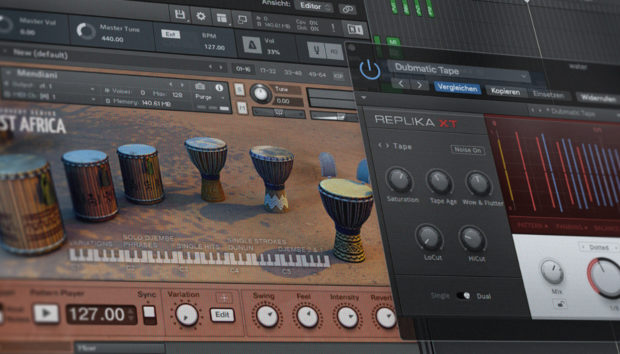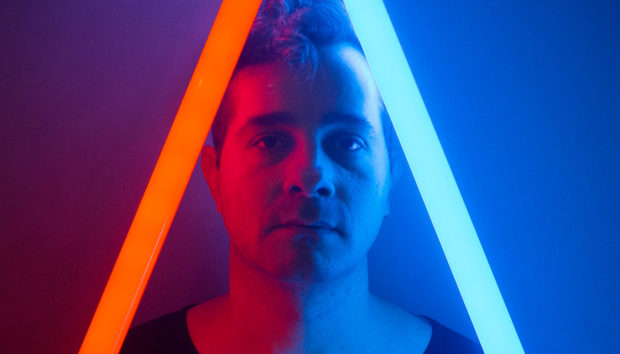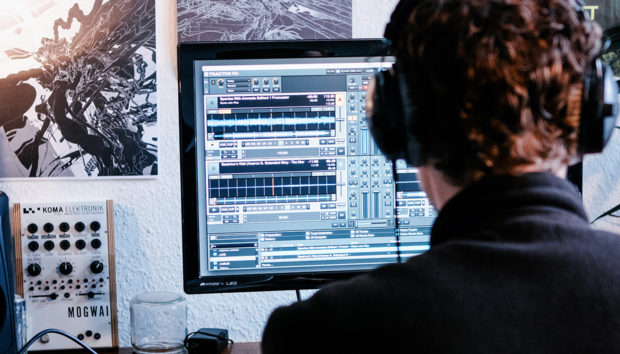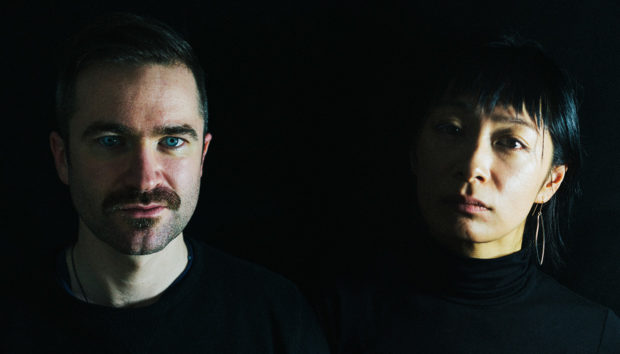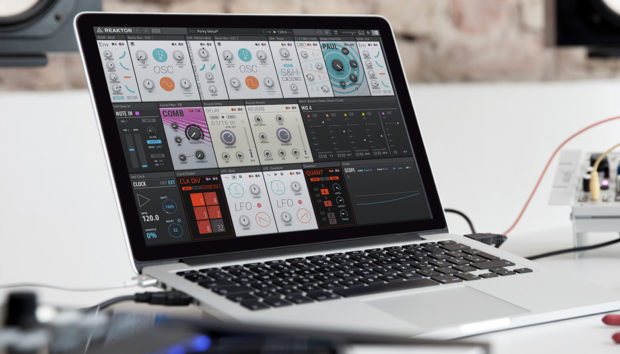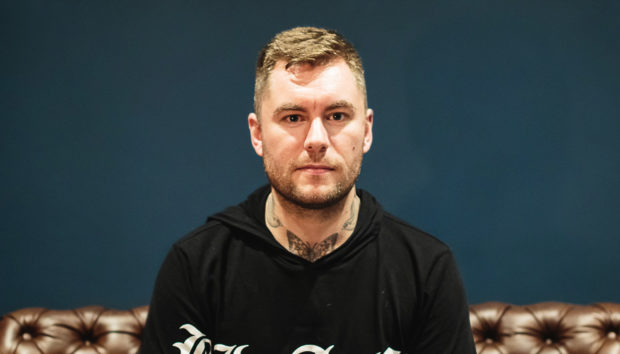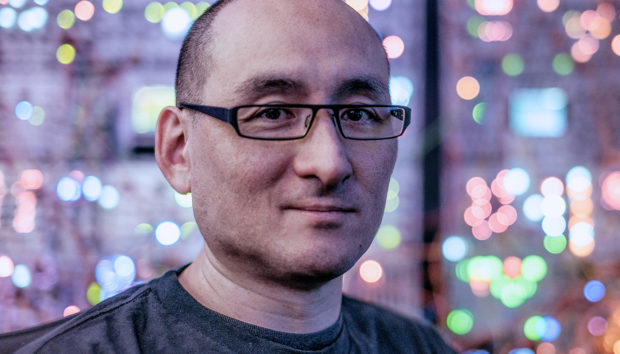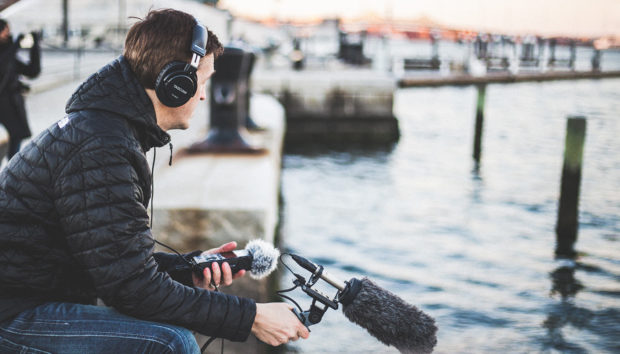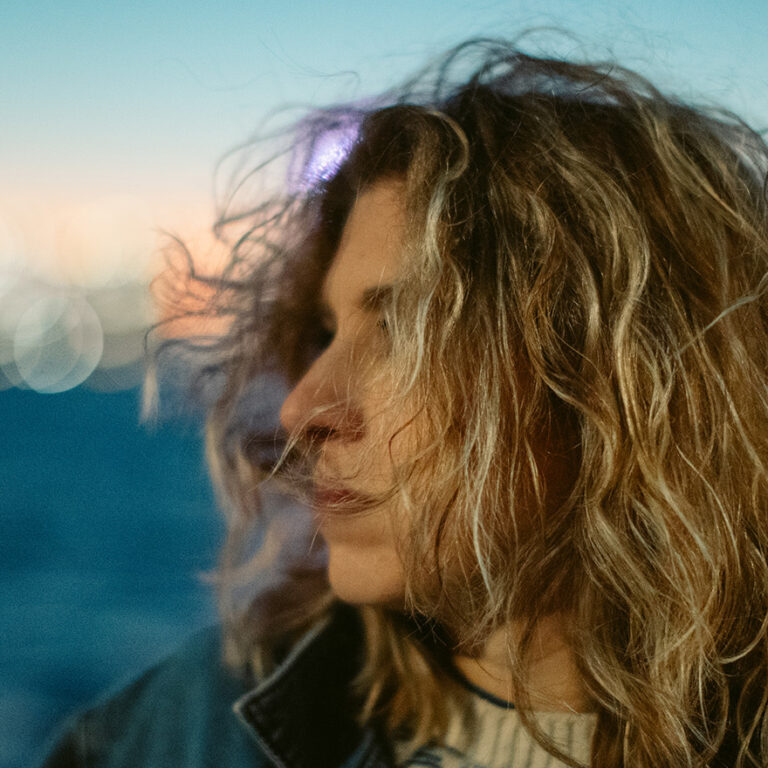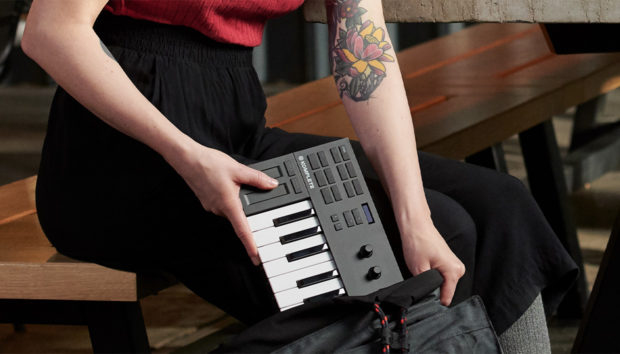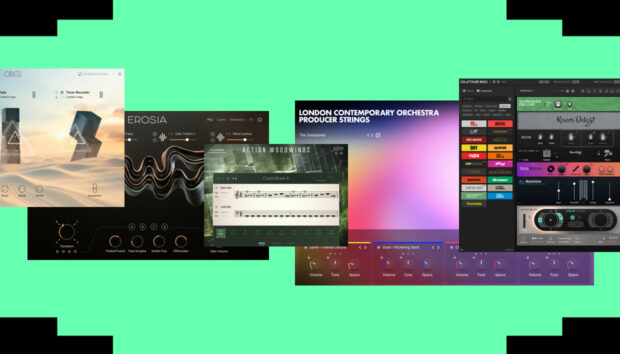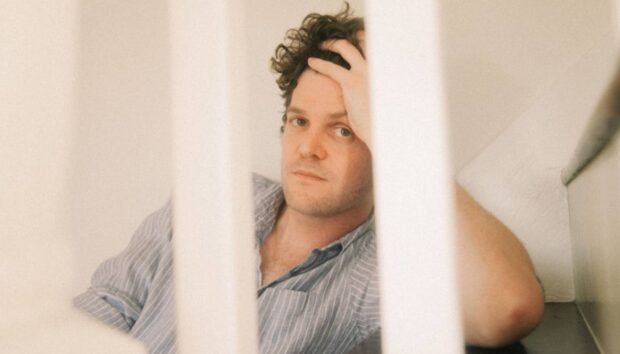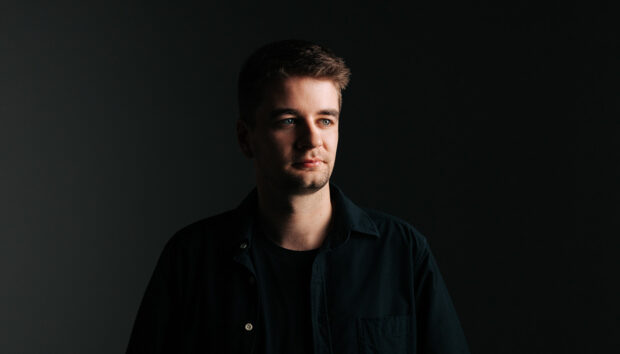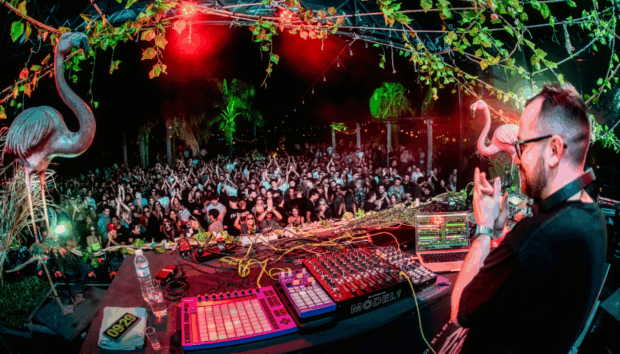Blonde Maze’s new album Second Sight leans into emotional detail through careful sound design. Released on Enhanced Chill, the project builds around subtle production choices that carry personal weight, with many of its core ideas formed through Kontakt libraries like Ashlight, Arkhis, and The Gentleman.
Amanda Steckler, the producer behind Blonde Maze, has always written from lived emotional states, often starting songs from a specific relationship or moment. With this record, she relied more heavily on textural instruments to help those feelings translate.
Jump to these sections:
- Balancing sound design with emotional presence
- How Arkhis and Ashlight shaped the album’s tone
- Kontakt libraries that anchored full tracks
- Organizing libraries to stay in flow
- How processing shapes her sonic identity
- The role of modern tools in honest music-making
We caught up with her to talk about how these libraries shaped the album’s tone, why emotional accuracy matters in her workflow, and how she balances honesty with sound design.
And if you’re interested in trying out Kontakt yourself, get started with the Kontakt Player in the Komplete Start bundle of pro-grade instruments, sounds, and effects for free.
How do you balance technical sound design with staying present in the feeling that started the song?
I think one major thing that helps here is that I usually have patches that I start every song with. There are probably five or so core patches that I’ll use to lay down and commit to a chord progression or main motif. These elements don’t necessarily always make it to the final product, but they help as I build the emotional foundation for the track. It also helps to have a handful of familiar plugins that you trust to enhance your sound in every project. I find myself reaching for a lot of the same tools, ultimately using them to shape different sounds, but with a consistent sonic identity.
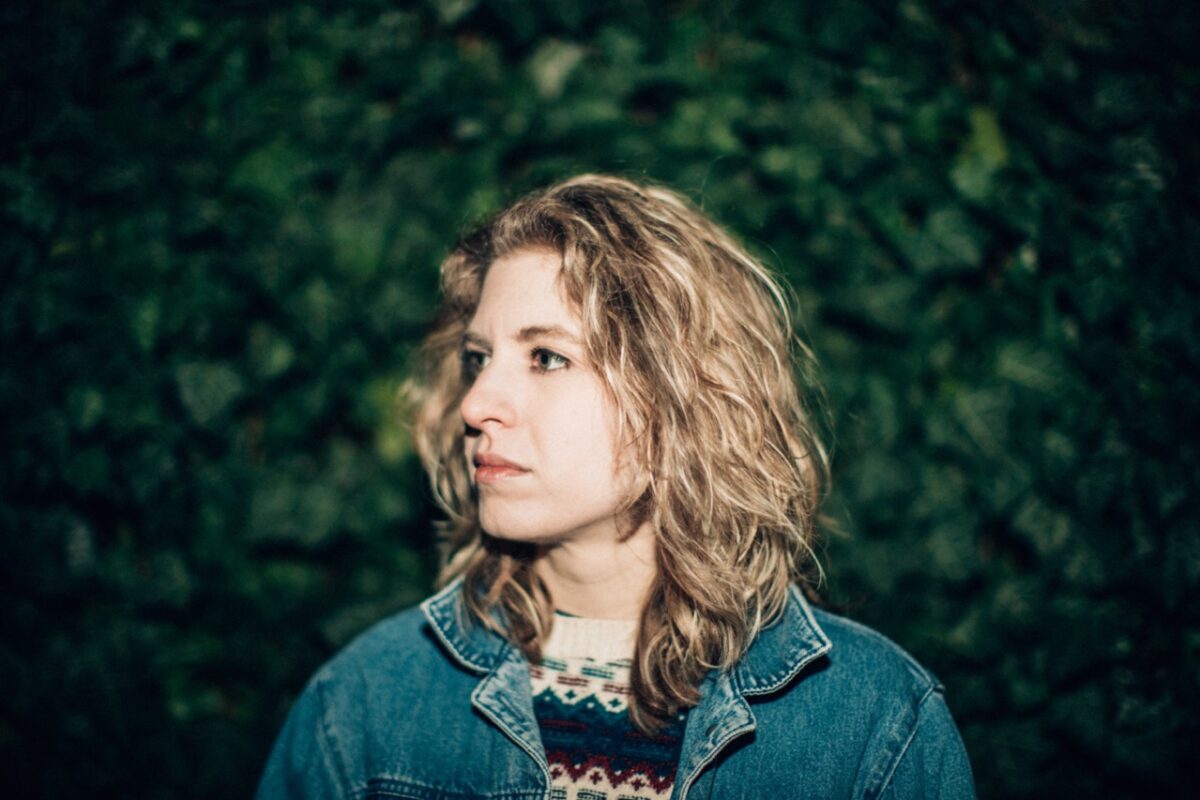
Once I have the theme and emotional anchor of the track, I try to stay conscious of what I add to it and if it furthers the feeling of the track or not. Sometimes I find myself designing a sound that is super cool but feels outside the boundaries of the song itself. I’ll typically catch it pretty soon after I add it, because my head will start feeling like it’s not in the space of the track anymore.
One other thing that helps is to have track versions. If I’m feeling experimental, I’ll create a newly versioned project where I build sounds I may not typically put in my tracks. This gives me a playground to design new things. Sometimes the coolest sounds come from these sessions and become a core part of the track.
Pro tip from Blonde Maze: When using a piano library, sometimes it helps to have the hammers and pedals on separate tracks from the main piano samples, if that library has that capability. This gives you more control over these individual noises and allows for more specific equalizing and reverb, which I tend to dial a bit differently than I do on the piano samples themselves. I often use Una Corda’s Noises section in the Workbench tab, as there is a great amount of versatility and flexibility here.
Has using libraries like Arkhis and Ashlight shaped the overall emotional tone of Second Sight?
Absolutely. These Kontakt libraries contributed a large amount to the emotional core of the album. The textures and atmospheres you can build from these libraries are unmatchable when creating a space for the rest of your song to live in.
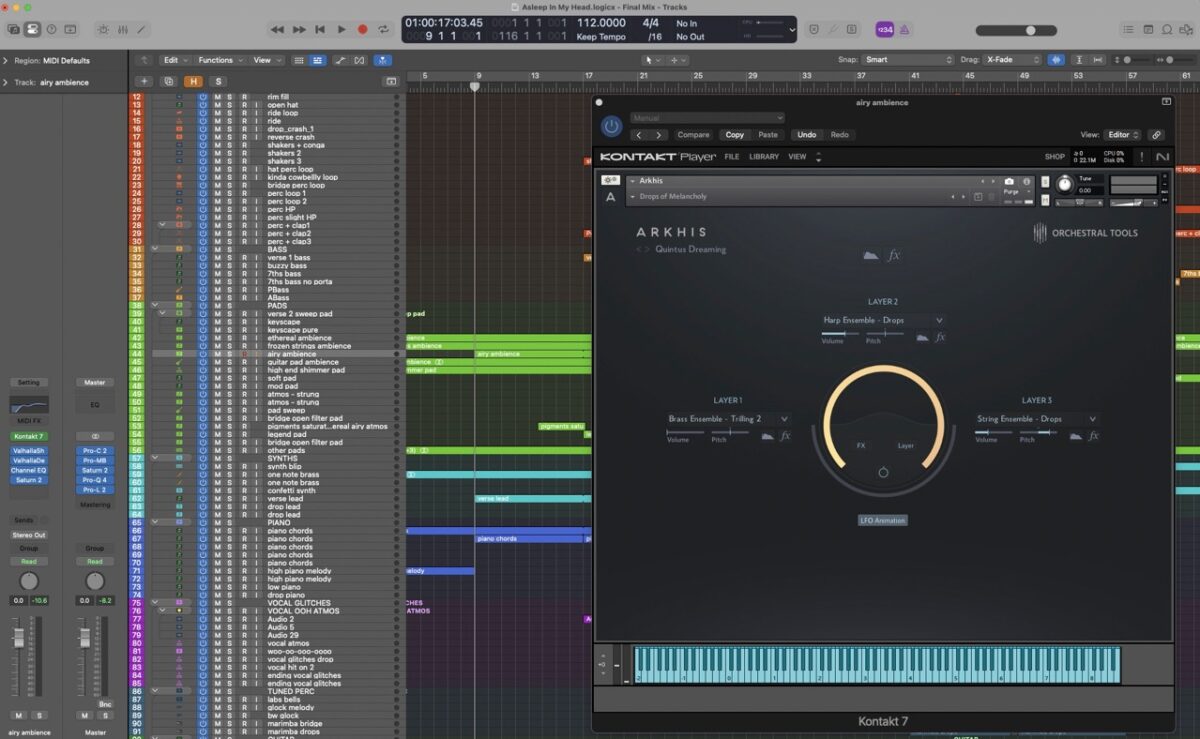
Not only are the presets straight out of the box completely usable, but the ability to customize and modify these sounds gives you so much flexibility. I particularly found the Grain modules of Ashlight & similar libraries to be key in developing the album’s ambience.
These atmospheric elements – even when used very subtly – tend to have the biggest impact on the track. It always amazes me how, when I mute my atmosphere group (which is often largely Arkhis, Ashlight, Pharlight, Straylight, Fables, etc.), the song sounds a lot flatter, more generic, and lackluster.

Pro tip from Blonde Maze: Isolate either the granular engine or sample module of libraries like Ashlight and Straylight, instead of using them together. This will give you more control over an individual sound. There is so much you can do with just one of these modules, and this can allow you to hone in on each one’s capabilities. If you want a more atmospheric sound, for example, consider muting the sample module and only using the granular engine to create something a bit more textural.
Are there tracks on Second Sight where one Kontakt instrument became the core emotional anchor of the song?
Yeah, I used The Gentleman for To Love Again’s piano chords, and these were the first element that started the entire song. It’s one of my favorite piano libraries. With it, I was able to get the perfect dynamics of a realistic-sounding space with incredibly vivid hammers. The piano drives the emotion of the track and is present throughout the entire song.
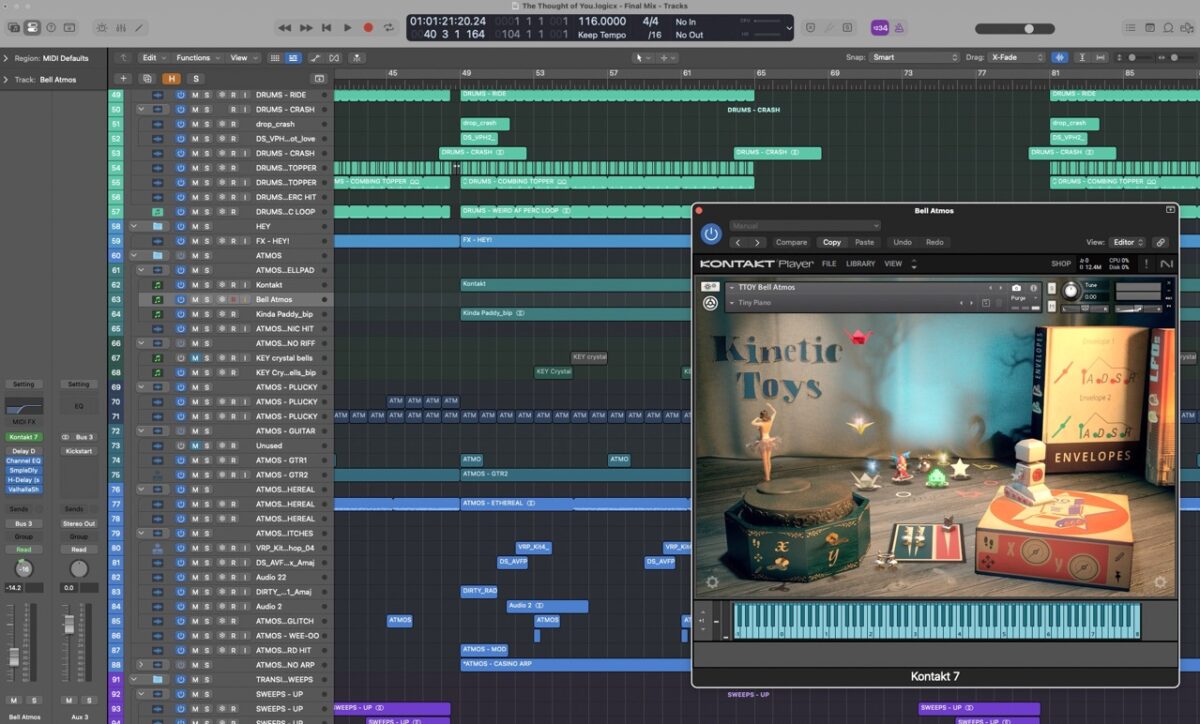
Another track that comes to mind is The Thought of You. In the drops, there’s this atmosphere that, when muted, takes away a lot of the emotion with it. It was made with the Kinetic Toys library, with a ton of added reverb and delay. It’s kind of a high-pitched, sustained, bell-ish sound. It’s actually just one note that’s pedaled throughout the drop. It’s one of those elements that’s really subtle but powerful, and when I added it to the drops, it felt like it became the spatial anchor for these sections.
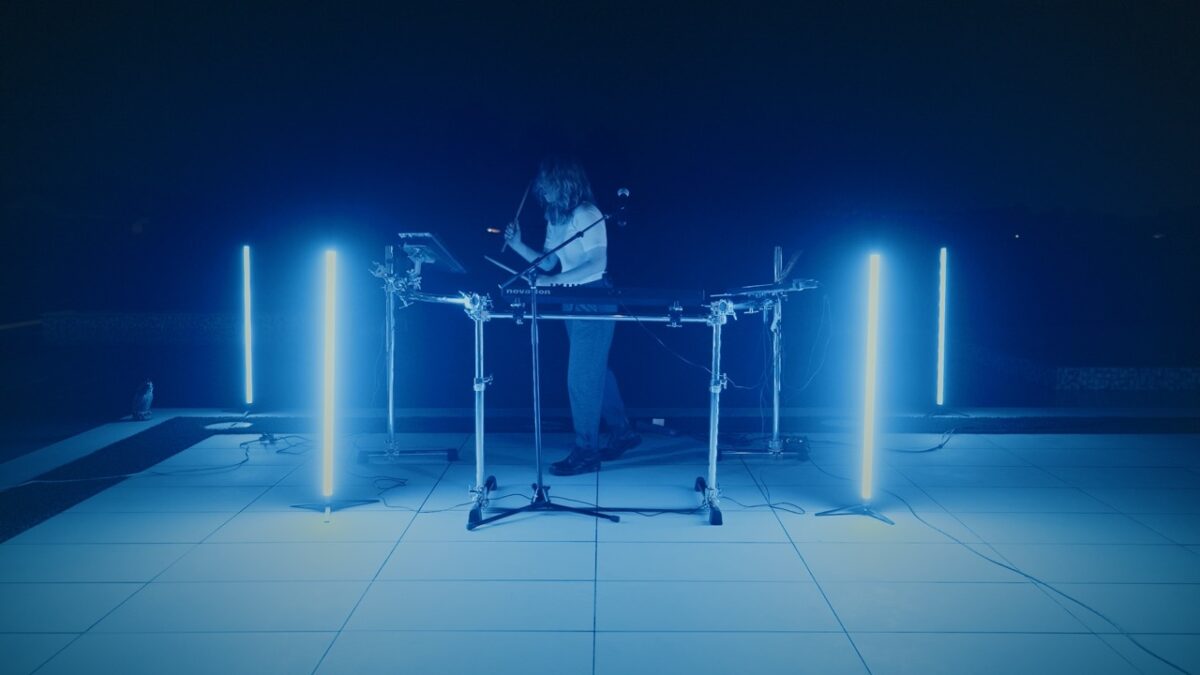
Also in The Thought of You, Mallet Flux was used for the bells in the drop. The bells were one of the first elements I’d written for the drop in this track, and were something that I’d eventually build the rest of the drop around. So no matter what other sounds were happening in the drop, I always made sure these were prominent. They felt like such a core part of the emotion and melody of the sound.
Pro tip from Blonde Maze: Spend a day going through your plugin presets and starring your favorite ones. This might sound really elementary, but it definitely sped up my workflow when I needed inspiration. While it’s a bit of a tedious task, if you are ever feeling a bit of writer’s block, it helps to be able to sift through saved sounds. What you do with them after that is up to you.
In what ways do you approach browsing or organizing your libraries so you can follow an emotional idea without getting stuck in menus?
I usually create presets for myself by saving instrument channel strips with my favorite libraries (or simply saving presets within Kontakt itself) so that I can reference them easily. It’s a bit tedious to do when you’re in the moment, and can interrupt flow, but it saves a lot of time and hassle in the future. This usually helps in terms of finding the libraries I use most often. The fact that you can also star your favorite presets in Kontakt is really useful, along with the ability to filter by things like name, instrument, character, or brand.
Separately, I think a decent part of my writing and production process happens in the moment and unplanned, without using any of these previously saved channels or presets. So I keep my libraries on a dedicated external hard drive so that they’re always easy to sift through, tag, and find. This makes experimentation a little more organized.
Pro tip from Blonde Maze: Make use of automation. Lots of libraries have expressive controls like dynamics, vibrato, etc. Recording in automation – whether subtle or grand – brings these libraries to life. It can add movement to any moment and provides an opportunity to make the song feel a bit more human or dynamic.
How much of your sound comes from the instruments you use versus the way you process and perform them?
It definitely varies from track to track, but I think a large part of the sonic brand I’ve developed comes from the combination of the instruments that I use. It feels like I have a pattern with the libraries I use and what I use them for.
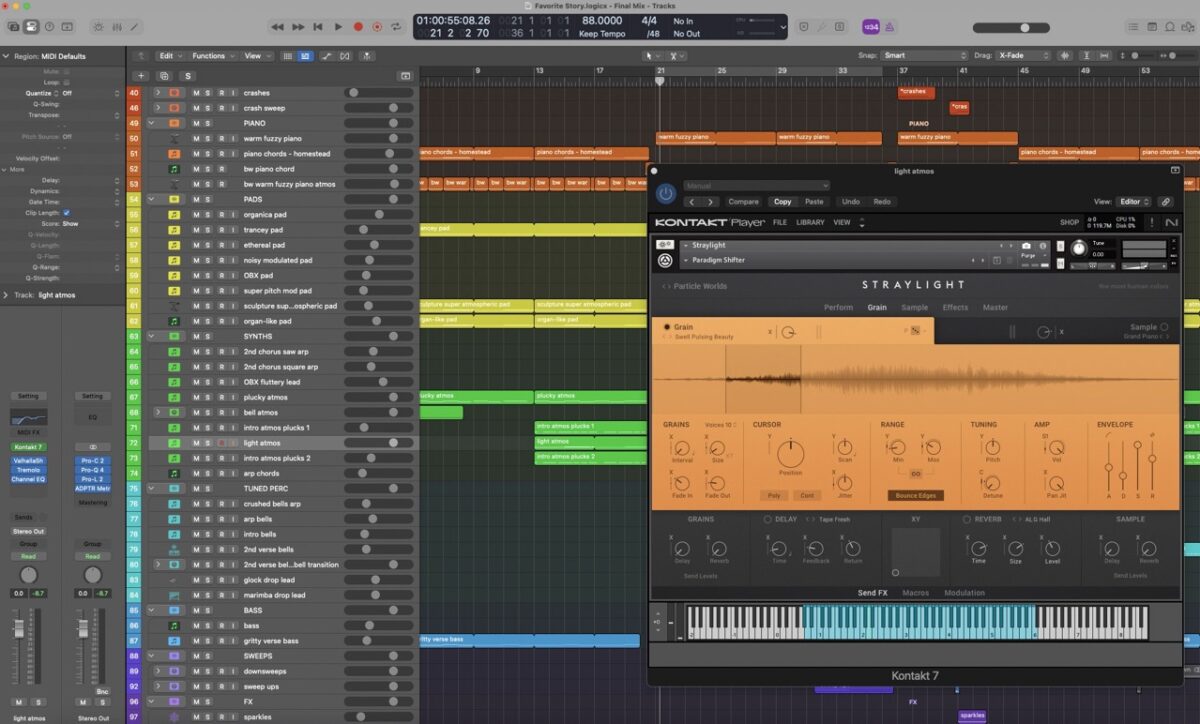
I think a big part of my sound comes from mixing acoustic libraries with electronic ones. For example, I’ll use The Gentleman or Una Corda for a realistic-sounding piano, along with something like Straylight or Ashlight for something a bit more atmospheric and processed. On top of that, I’ll throw on something like Lo-Fi Glow for a melody or lead. I think my sound comes from mixing these different types of elements.

I do think the way I process these instruments also contributes to my sound, though. For example, when it comes to piano libraries, I always tend to process the dynamics on the softer side, and I’m really intentional about how much reverb I add to them, as well as how much piano foley to mix in.
With the more atmospheric elements, I’m really particular about their movement, where they poke through the most, and how subtle they are everywhere else. Ultimately, I tend to drown these sounds in a large reverb with a ton of diffusion.
Do you think modern production tools make it easier for artists to create music that’s honest and immediate?
I think they definitely make it easier and more immediate, and often – but not always – honest. I think modern tools make it really easy and efficient to get an idea down before it fades away, and make it easier to achieve things you may not have been able to achieve previously.
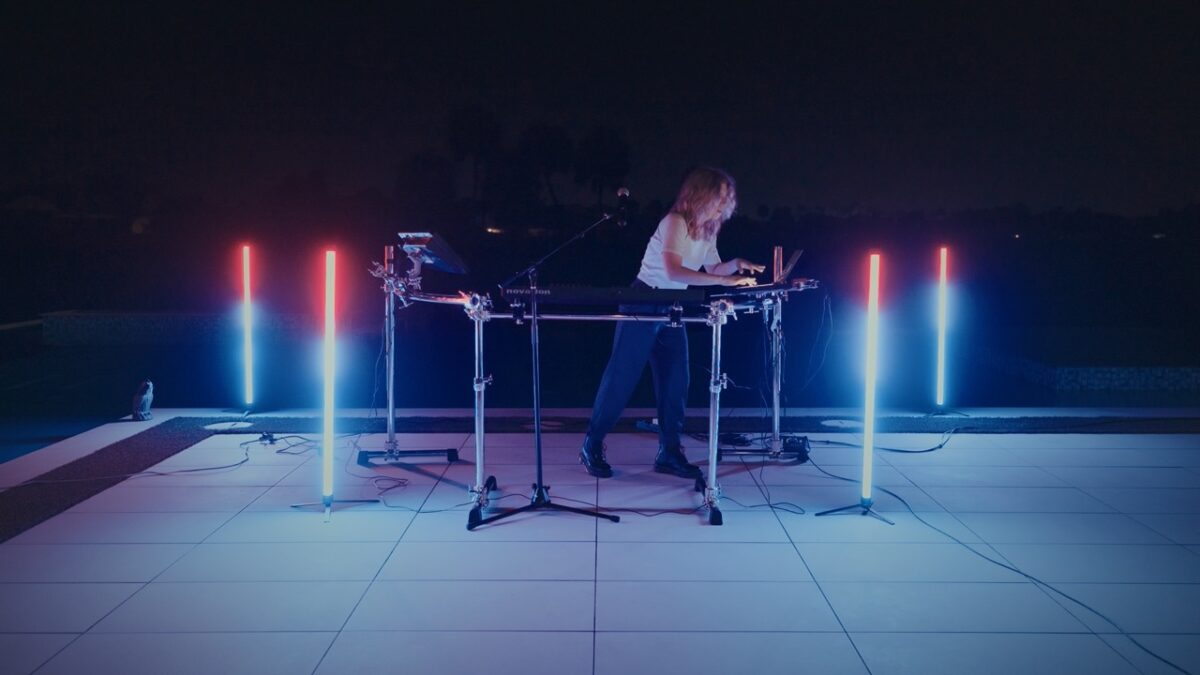
I’m not a string player by any means, but I can pull up a string library – say Stradivari Cello – and create a cello section in my track.
With such a large range of realistic-sounding sampled instruments, I’m able to create something and translate ideas pretty easily. Even piano, which is something I do play but don’t have the resources to record, becomes easier to bring into my productions.
I think increased ability to experiment is also something that comes with modern production tools, which can help in furthering idea development.
The one way in which I think these tools may not help with creating honest music is that it’s really easy to get distracted and go down routes that may not be the truest to oneself. There are so many possibilities at artists’ fingertips right now, and it’s easy to get lost in them.
Occasionally, I’ll have an idea that I record into my DAW. Soon afterwards, I find myself scrolling through endless libraries or presets, or learning how a new tool works. This can get me increasingly farther away from my original idea. It’s a double-edged sword, and it takes discipline to know how to use these tools to your advantage.
Wrapping it all up

Thanks again to Blonde Maze for walking us through the production process behind Second Sight. It’s clear that the emotional tone of the album wasn’t just in the writing or performance, but in the precise selection of tools that supported it. Her use of Kontakt libraries like Ashlight, Arkhis, The Gentleman, and Kinetic Toys gave each track a distinct atmosphere without pulling focus from the feeling behind the music.
If you haven’t already, Second Sight is worth a full listen. It’s a great example of how producers can stay close to an idea without overcomplicating it, and how the right tools can support honest, detailed songwriting without getting in the way.
